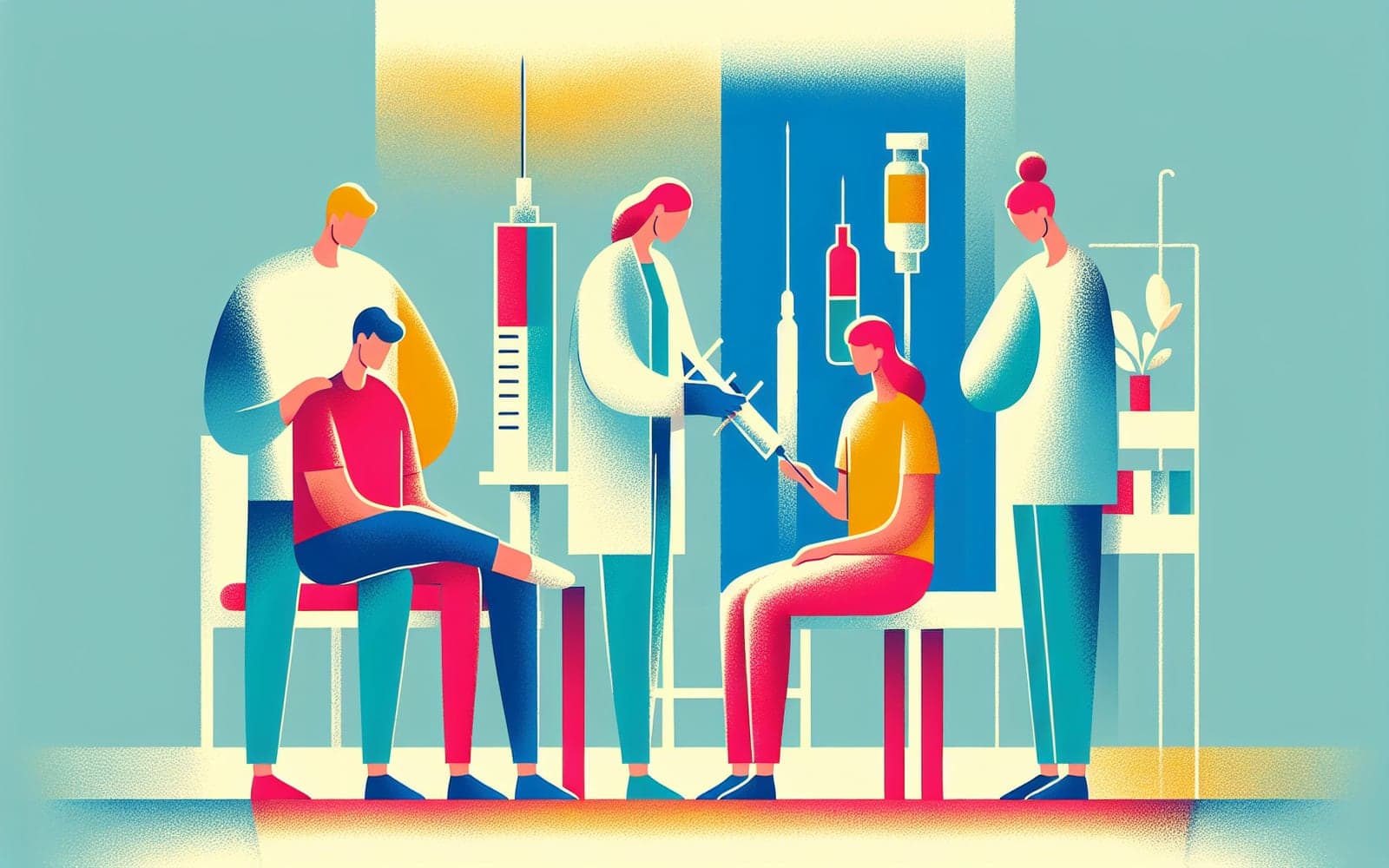What Happens After a Needle Stick? The Symptoms to Watch For
Published: Mar 23, 2024
Needle stick injuries are a real concern for health workers, but what should they be watching for afterward? This article explores the symptoms and signs to be aware of.
Contents
Symptoms Following Exposure
After a needle stick injury, health care workers should be alert for symptoms of acute HIV. These include fever, sore throat, muscle aches, and a rash. These signs typically appear two to four weeks after exposure.
Importance of Monitoring
Regular monitoring is crucial after exposure to HIV. Testing for HIV should be done at baseline, six weeks, and four months post-exposure. This ensures any infection is caught early and treated promptly.

Other Potential Infections
Besides HIV, exposure can also lead to other infections like hepatitis B and C. The risk for these is even higher than for HIV, making it essential to monitor for any symptoms related to these infections as well.
Frequently Asked Questions
Symptoms like fever, sore throat, and rash should be noted.
Testing should occur at baseline, six weeks, and four months post-exposure.
Yes, hepatitis B and C are also potential risks.
Typically two to four weeks after exposure.
Wrapping Up
Monitoring for symptoms is key to ensuring early detection and treatment of any infections.
References
- Henderson DK. JAMA 2012; 307:75.
- Centers for Disease Control and Prevention. HIV Risk and Prevention: HIV Post-Exposure Prophylaxis (PEP).
This article has been reviewed for accuracy by one of the licensed medical doctors working for Doctronic. Always discuss health information with your healthcare provider.
AI Doctor Visit Required
Appointments available 24/7
15-min consultation. No hidden costs.
AI Doctor Visit Required
For safety reasons we have been forced to end this consultation.
If you believe this is a medical emergency please call 911 or your local emergency services immediately.
If you are experiencing emotional distress, please call the the Suicide & Crisis Lifeline at 988 or your local crisis services immediately.
Contact us
You can also email us at help@doctronic.ai
We aim to reply within 5-7 days
How likely are you to recommend Doctronic to friends or family?


